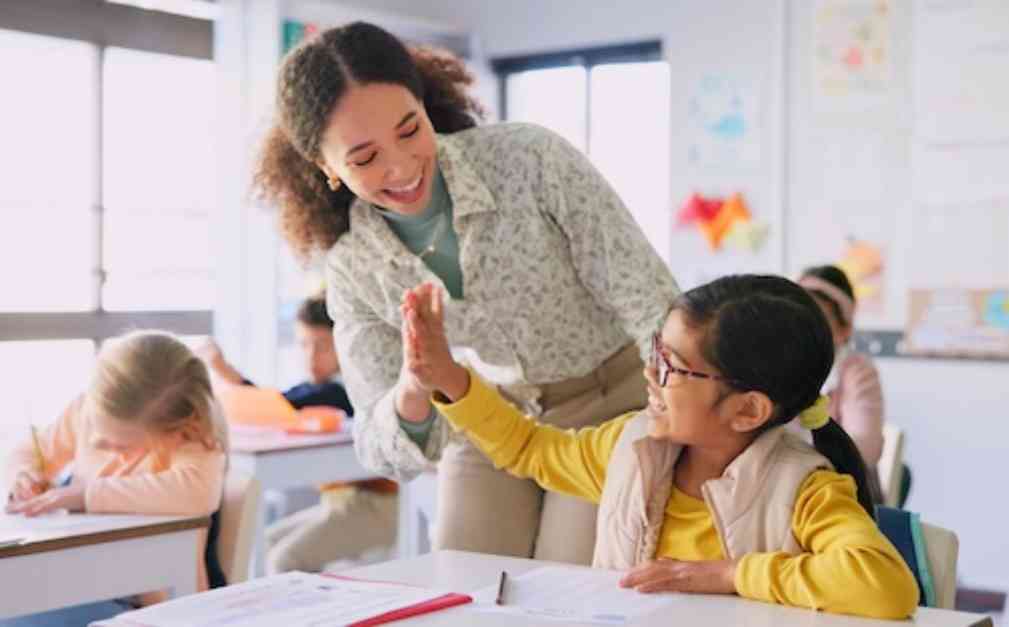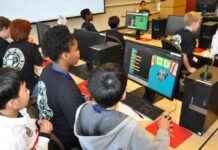As an experienced journalist, I have had the privilege of uncovering stories that shed light on important issues in our society. Today, I bring you a compelling narrative that challenges the traditional notions of education and offers a fresh perspective on improving student learning through explicit instruction.
In a bustling city like New York, where innovation and progress are at the forefront of every endeavor, the field of education is no exception. For 30 years, a dedicated educator in New York City believed that the key to effective teaching lay in inquiry-based methods and project-based learning. However, as time passed, a new realization dawned upon them – explicit instruction was an integral component that could not be overlooked.
Explicit instruction, often referred to as the “I-do, we-do, you-do” strategy, involves a structured approach where teachers model concepts, guide students through targeted practice, provide feedback, and offer independent practice opportunities. This method has proven to be especially beneficial for struggling learners, as it offers a clear and systematic framework for mastering skills and understanding concepts.
In a poignant account shared by an assistant principal in a Manhattan public school, the power of explicit instruction came to light during a Global History class for students with diverse learning needs. By implementing explicit instruction techniques such as Harvard’s Project Zero’s “see-think-wonder” protocol, the educator witnessed firsthand the transformative impact of providing modeling, practice, and feedback to students who needed it most.
The effectiveness of explicit instruction is not merely anecdotal; it is backed by substantial research that highlights its efficacy, particularly for students facing challenges in their learning journey. This approach aligns seamlessly with the evolving practices in reading instruction, which emphasize phonics-based methods for improved literacy outcomes.
Beyond the realm of theory and research, explicit instruction is ultimately grounded in common sense. Just as one would seek guidance and demonstration when learning a new skill like tying a fishing knot, students benefit immensely from clear instruction, practice, and feedback to navigate complex academic tasks.
A personal anecdote shared by a parent underscores the significance of explicit instruction for students with learning differences, such as dyslexia and dysgraphia. Despite attending a progressive school that prioritizes project-based learning, the parent’s daughter struggled due to the lack of explicit instruction tailored to her unique needs.
In the realm of education, the dichotomy between student-centered learning and teacher-directed instruction often sparks debates. However, as educators navigate this terrain, it becomes evident that explicit instruction can coexist harmoniously with student-centered approaches, offering a balanced blend of teacher guidance and student participation.
As the landscape of education continues to evolve, the integration of explicit instruction alongside project-based learning holds immense promise for creating inclusive and effective learning environments. By embracing the synergy between these two approaches, educators can cater to diverse student needs while fostering meaningful and enduring learning experiences.
In the midst of educational reforms and shifting paradigms, the journey towards enhancing student learning through explicit instruction stands as a testament to the transformative power of innovative teaching practices. As educators, parents, and stakeholders embark on this collective endeavor, the future of education holds boundless possibilities for creating impactful and enriching learning experiences.
The narrative of explicit instruction in education is a compelling saga that unfolds with each classroom interaction, each lesson taught, and each student empowered to reach their full potential. As we embark on this journey of discovery and growth, let us remember that the power of education lies not only in what is taught but also in how it is taught, with empathy, understanding, and a commitment to nurturing the minds and hearts of the next generation.







